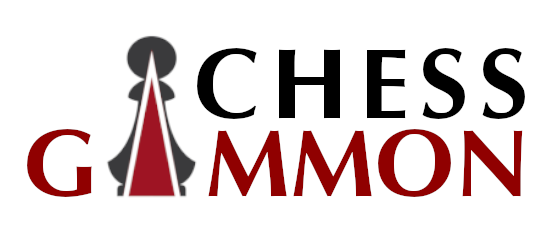The Modern Defense is one of the most flexible and dynamic chess openings, offering players the chance to fight for the center indirectly while keeping their options open. By adopting this hypermodern strategy, Black often seeks to lure White into overextending before counterattacking with precision. It’s an excellent choice for players who enjoy unbalanced positions and rich middlegame opportunities.
Here’s what this article covers:
- What is the Modern Defense? – Learn about the opening’s core moves and principles.
- Key Ideas and Strategic Goals – Understand the hypermodern concepts behind this opening.
- Key Variations of the Modern Defense – Explore the most popular setups and responses.
- Strengths of the Modern Defense – Why it’s a favorite among creative players.
- Common Challenges in the Modern Defense – Potential pitfalls and how to address them.
- Tips for Playing the Modern Defense – Practical advice to master this opening.
- Famous Games Featuring the Modern Defense – Examples of how top players employ it.
What Is the Modern Defense?
The Modern Defense begins with the moves:
- e4 g6
- d4 Bg7
Key points:
- Hypermodern Approach: Black avoids early pawn occupation of the center and instead controls it with pieces like the fianchettoed bishop.
- Flexibility: Black’s setup can lead to many different pawn structures and plans.
- Adaptability: This opening is suitable for both tactical and positional players.
Key Ideas and Strategic Goal
- Flexibility: The Modern Defense avoids committing to a static pawn structure too early.
- Counterattack: Black encourages White to take control of the center, creating targets for a counteroffensive.
- Fianchetto Setup: The bishop on g7 dominates the long diagonal, providing both defensive and offensive utility.
- King Safety: Black typically castles early to secure the king while keeping piece development fluid.
Key Variations of the Modern Defense
The Modern Defense leads to various setups and transpositions. Here are some common variations:
- Averbakh Variation:
- e4 g6 2. d4 Bg7 3. c4 d6 4. Nc3
- Modern Defense with …a6:
- e4 g6 2. d4 Bg7 3. Nc3 a6
- Fianchetto Variation:
- e4 g6 2. d4 Bg7 3. g3
- Three-Pawns Attack:
- e4 g6 2. d4 Bg7 3. f4
Strengths of the Modern Defense
- Unpredictability: Keeps opponents guessing by transposing into other openings.
- Dynamic Play: Leads to unbalanced positions rich in tactical opportunities.
- Ease of Development: Black’s early moves ensure quick piece mobilization.
Common Challenges in the Modern Defense
- Space Deficits: Black’s lack of central pawns can give White a space advantage.
- Aggressive Setups by White: Lines like the Austrian Attack require precise responses.
- Simplified Endgames: Black must be cautious not to end up in inferior positions after early exchanges.
Tips for Playing the Modern Defense
- Study Key Pawn Breaks: Moves like …c5, …d5, and …e5 are critical for counterplay.
- Watch for Tactical Opportunities: Be alert for sacrifices and combinations in open positions.
- Be Patient: The Modern Defense rewards strategic thinking and precise timing.
Famous Games Featuring the Modern Defense
- Karpov vs. Miles, 1980: Showcased the Modern Defense’s effectiveness against a classical setup.
- Fischer vs. Najdorf, 1966: Demonstrated the opening’s versatility in a top-level encounter.
Conclusion
The Modern Defense is a flexible and dynamic opening that provides players with endless opportunities for creativity and counterplay. Whether you’re an experienced player looking to diversify your repertoire or a beginner eager to explore hypermodern principles, this opening is a powerful addition to any arsenal. By mastering its key ideas and variations, you’ll be well-prepared to surprise your opponents and thrive in the exciting positions it creates.






